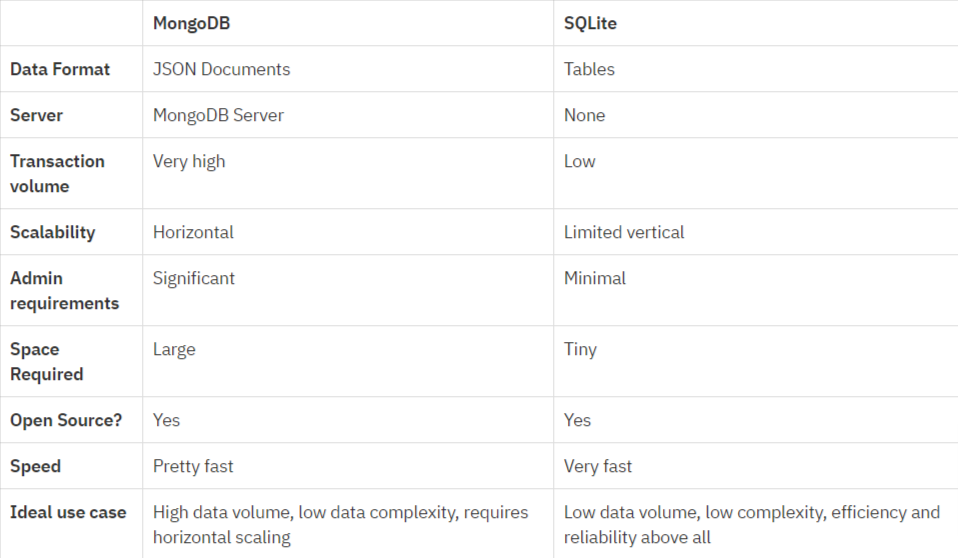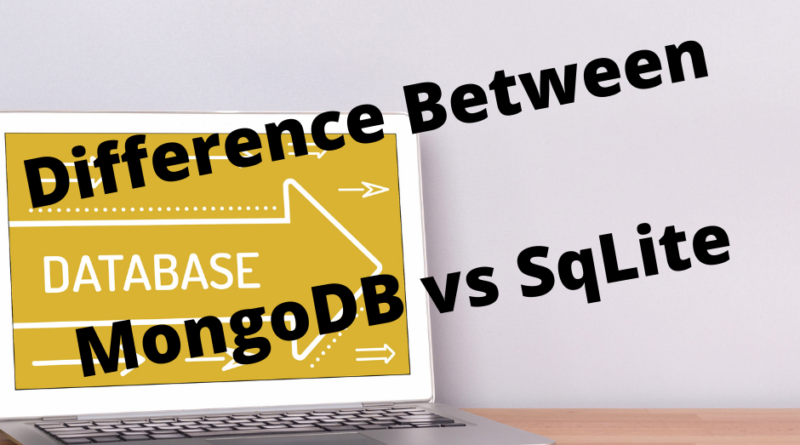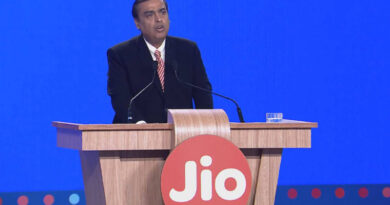The Differences Between SQLite and MongoDB
We have addressed the variations between SQL and NoSQL databases in the past more generally, but today we are explicitly drilling on two: SQLite and MongoDB. They have very different optimum use cases, so that’s why you must choose the appropriate database for the project. There’s no perfect database because, for a particular situation, there’s the correct database. Let us break down the:
SQLite
SQLite is an economical and reliably built lightweight, serverless RDBMS that is most suitable for small-sized operations such as individual apps or IoT computers. Many smartphone applications run SQLite, and even Android uses it. It is also used by a few core Windows 10 components and RedHat (RPM) package manager used in some standard distributions such as Fedora and CentOS and RedHat Linux.
SQLite allows several Database users to run simultaneously, but locks up the entire database for reading and writing operations, leaving it impossible to accommodate massive quantities of simultaneous read/write activity.
You would have a lot simpler time adapted to SQLite if you come from MySQL or other SQL DB: there is almost no learning curve. It is also without a computer and further eliminates the chaos — it goes to the disk database. No admin and little maintenance are needed for SQLite. SQLite is why it is suitable for home appliances and other devices where assistance is challenging for the consumer.
We had used a hospital as an example when we addressed the ideal use cases for SQL databases. That’d be perfect for MySQL, but it might be an SQLite issue. Moreover, you can look at a custom web site, an IoT or something like a Roomba not inherently interconnected.
MongoDB
Mongo is one of the most frequently recognized NoSQL databases and a member of the JS-heavy MEAN stack. Especially those with high data requirements are common for enterprise operations. Mongo DB is used by Facebook, Youtube, Adobe, Squarespace, and financial institutions such as HSBC and Citigroup.
What did it have to do?
Yeah, it’s a free and open-source first, even if you’re on the fence, you have limited costs of dipping your toes. Secondly, in high volumes of low-complexity data, it is speedy. The perfect case for Mongo is a weather station: every second, it gathers many various forms of data, but the data is quite plain.
MongoDB is schemaless, allowing you to build any schema that suits your specifications. Mongoose ODM will make this simpler, allowing you to model your application data, including built-in validation, casting, query building and consolidating the total code that you need to write.
This arrangement (in conjunction with integrated sharing) offers a high degree of scalability horizontally and makes Mongo highly scalable. Furthermore, JSON-like artefact storage helps a significantly broader range of data types than conventional RDBMS to be stored, making it better suited for databases requiring more unique data types.

But back to the problem: Which is the better database, MongoDB or SQLite? Ok, depending on the intended submission, it differs wildly. Are you hunting for a well or an ocean? Do you need a monster truck or a bicycle? Do you need a toast or a Vegas buffet with 12 courses? Often you have to go out all the way, but sometimes you need a quick task. It’s part of what makes a better developer know how to make this decision. MongoDB is schema less, allowing you to build any schema that suits your specifications. Mongoose ODM will make this simpler, allowing you to model your application data, including built-in validation, casting, query building and consolidating the total code that you need to write.



